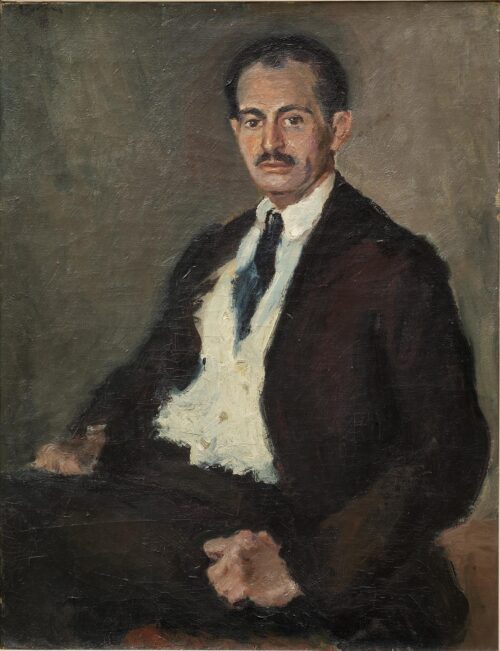
Bouzianis Giorgos (1885 - 1959)
Self-Portrait, 1917
He studied at the Athens School of Fine Arts from 1897 to 1906 and then, with private financial backing, went to Germany and enrolled in the Munich Academy in the classes of Professor Otto Seitz, also studying under Walter Thor and Georg Schildknecht. In 1909 in Berlin he got to know Max Liebermann. In Munich he had friendly relations with various artists, Heinz Waldmuller in particular, and had already known Giorgio de Chirico since his student days in Athens. He participated in exhibitions both at the Kunstverein and the Glaspalast and, starting in 1917, when his expressionistic idiom began to take on a clearer shape, presented his works at the Rithaler gallery. Later he would exhibit at the Thannhauser gallery in Munich, the Barchfeld gallery in Leipzig and the Chemnitz gallery (1927 with the sculptor Alexander Fischer); it is also worth noting his participation in 1928 in the exhibition in Munich of the Neue Secession group, of which he was a member. He would remain in the Bavarian capital until 1928 and then after visiting Vienna in 1929 would live, until 1932, in Paris, where he painted a large number of water colors. Moreover, it is from this period comes the Τετράδιο με τους “Αφορισμούς” (Notebook with Aphorisms), an important document for any real consideration of the artist. After returning to Munich, where he remained for another two years, he finally settled in Athens — promising to take a position in the School of Fine Arts, something which never transpired — and in 1935 took part in a group exhibition at the Studio gallery. In 1949 he held his only solo show in Greece, in the Parnassos Hall. He also exhibited his works in the Panhellenies (1938, 1939, 1952), the exhibitions of the Spirit-Level group (1951-1953), and the Group of Five (1957) while at the same time participating in exhibitions at Erlangen (1952) and Rome (1953). In 1950 he took part in the Venice Biennale and in 1956 received the Greek Prize in the international Guggenheim contest. After his death, the “The Friends of Bouzianis” society organized many exhibitions and other events centered around his work. In 1977 the National Gallery held a retrospective exhibition of the artist’s work.
The most important of the Greek expressionist painters, he shaped the character of his art in Germany during the period when avant garde groups, such as Die Brucke and Der Blaue Reiter, were on the artistic forestage; he himself was a member of Neue Secession and Neue Gruppe. Still life and landscape, but above all portraiture and the human figure in general, made up the main thematic axes of his painting, where color is employed as a basic structural element and autonomous value. His work, in keeping with his anti-realistic views, is opposed to any idea of beautification, becoming a vehicle for emotional states and foreshadows abstraction.

Self-Portrait, 1917
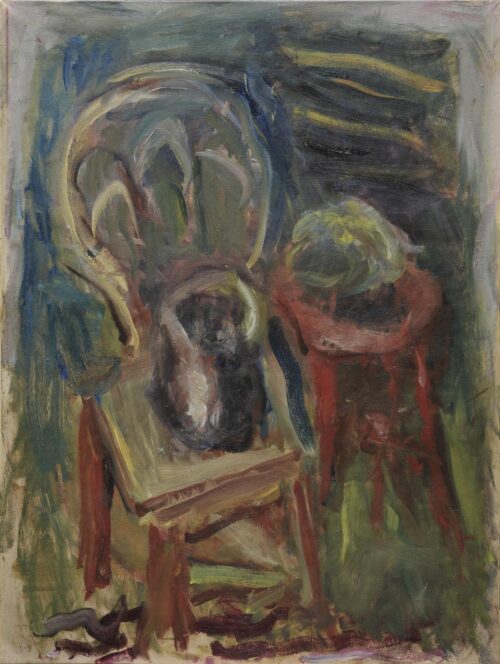
Chair, c. 1945
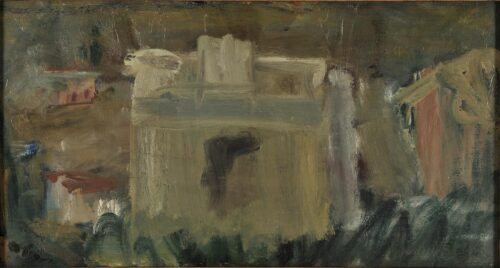
Houses, c. 1945
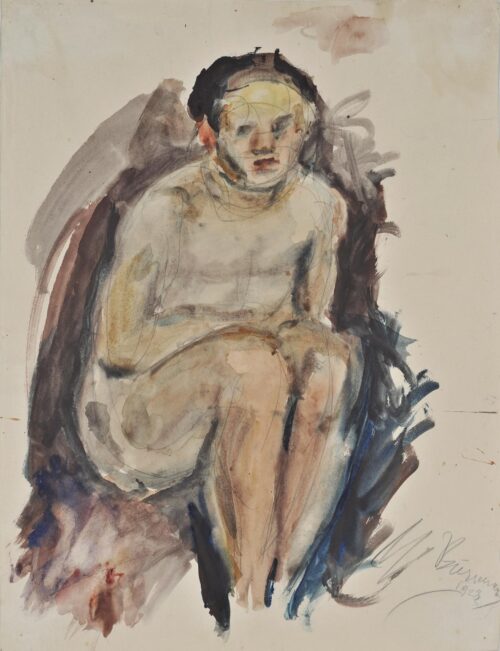
Seated Male Nude, 1923
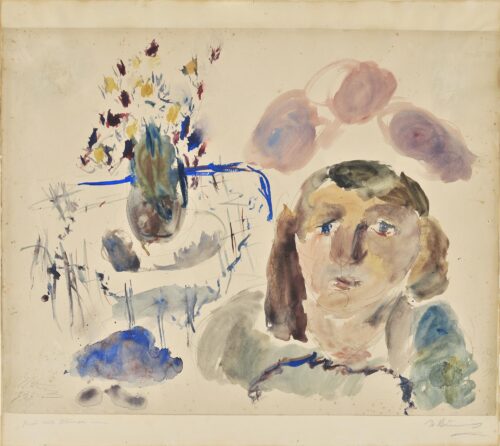
Woman with Flowers, 1923
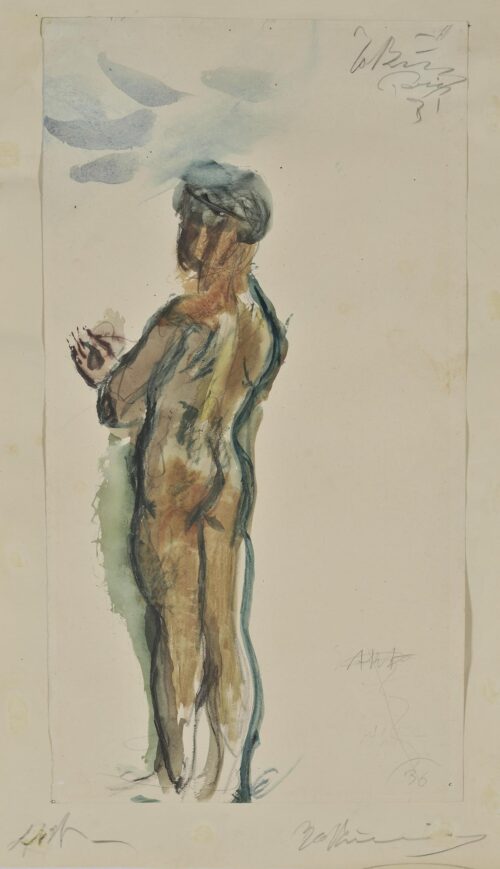
Nude, 1931
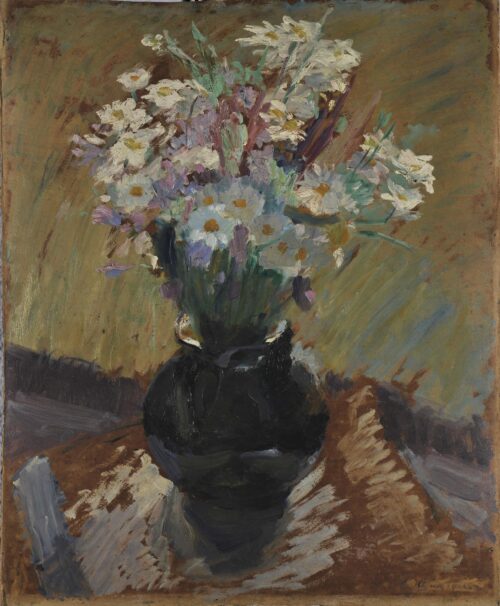
Flowers, ca. 1916 - 1917
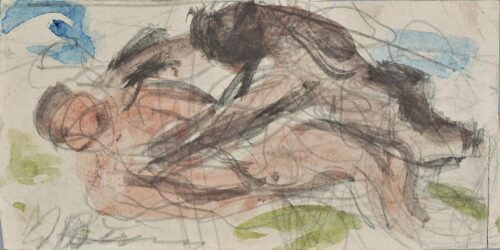
Embrace from the Room of Pleasure, ca. 1950
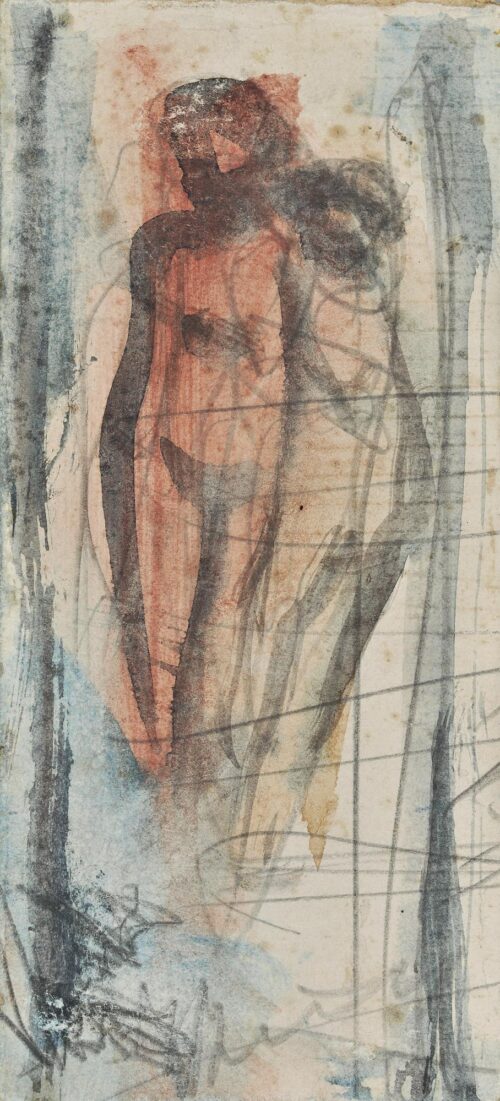
Embrace from the Room of Pleasure, ca. 1950
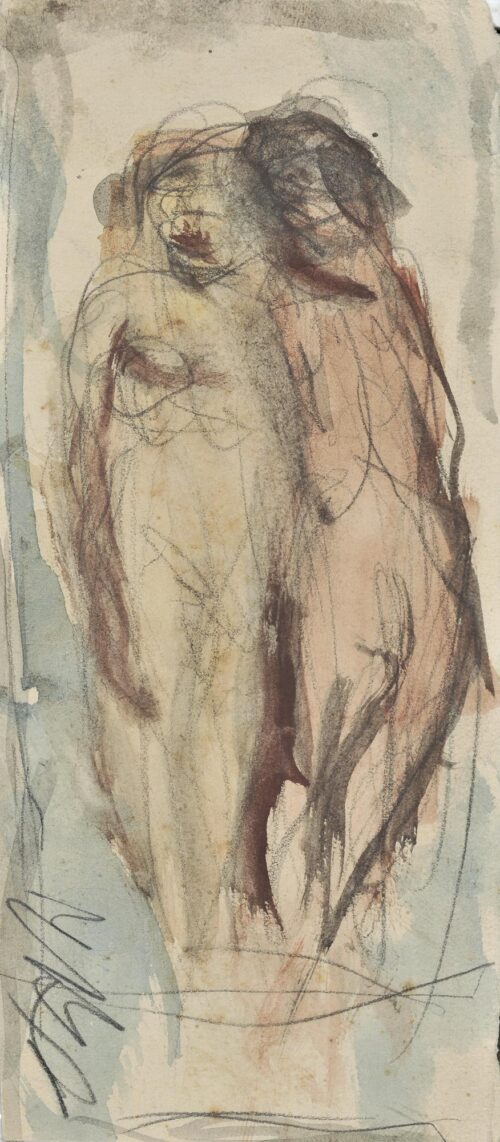
Embrace from the Room of Pleasure, ca. 1959
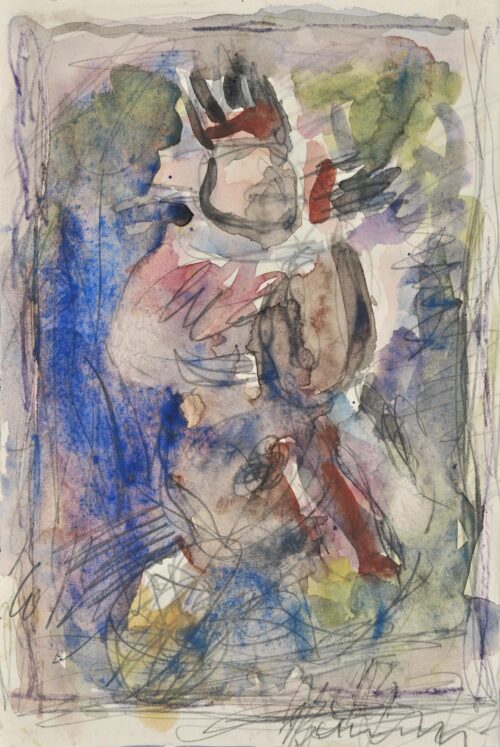
Figure, ca. 1950
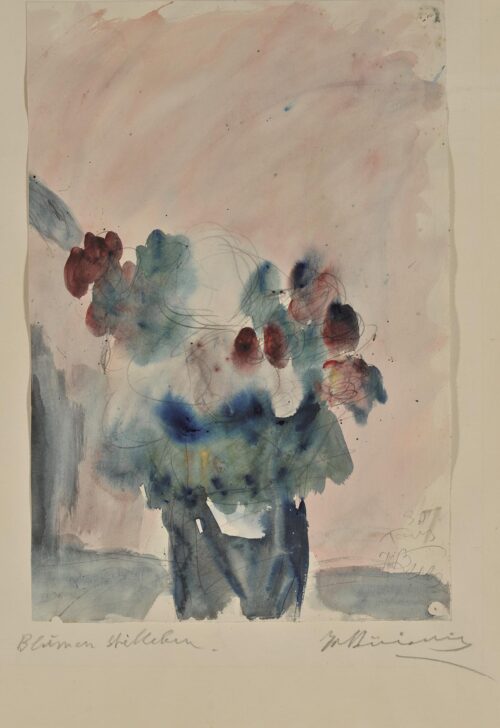
Still life with Flowers, 1930
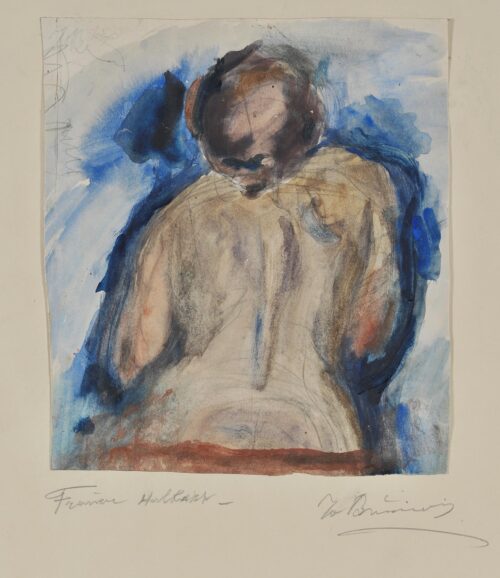
Female nude (from benind), ca. 1924
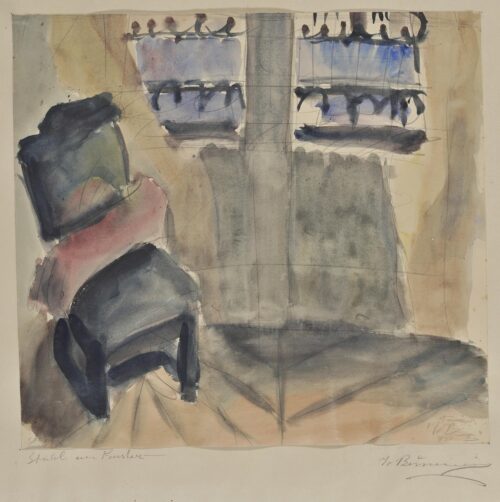
Stuhl am Fenster Chair by the Window, 1930
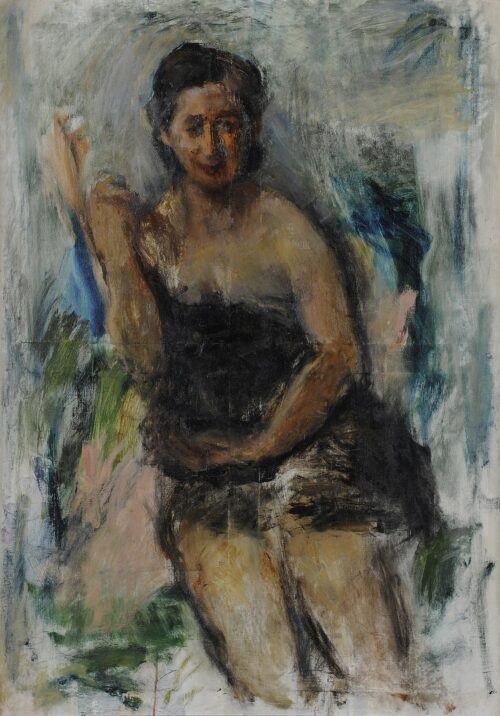
Liza Kottou, 1947
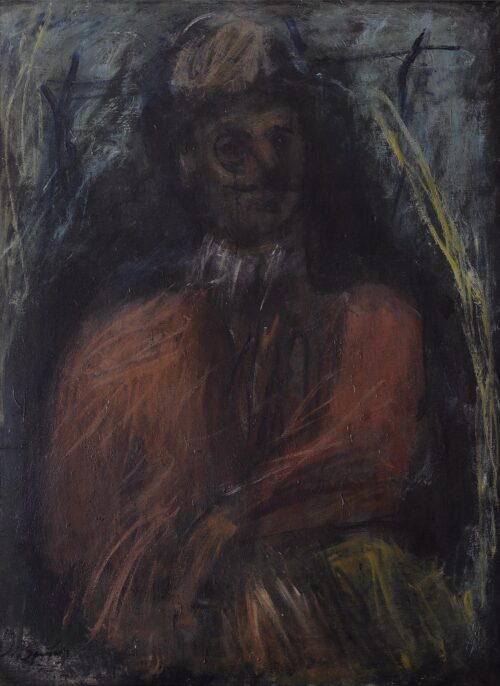
The Uncle, 1950
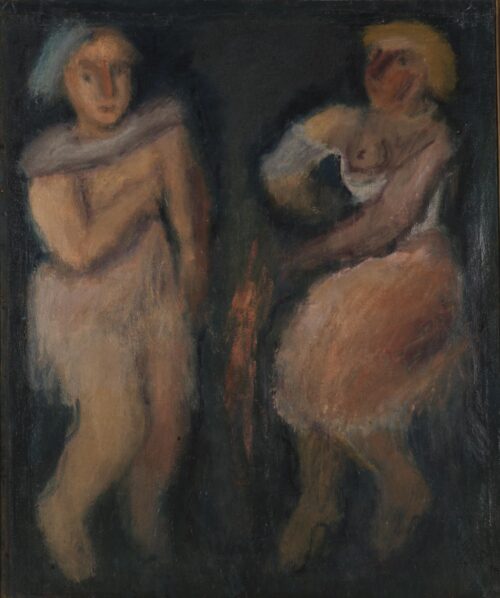
Female Dancers, 1936
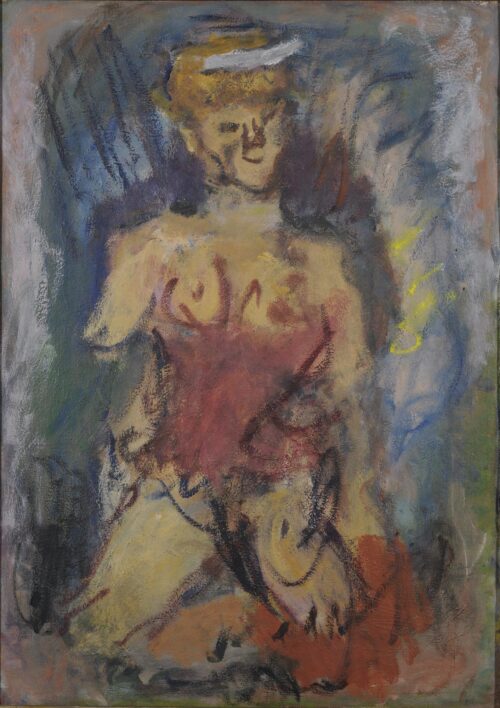
Actress, 1954

We use cookies to make our site work properly, to personalize content and ads, to provide social media features and to analyze our traffic. We also share information about how you use our site with our social media, advertising and analytics partners. Read the Cookies Policy.
These cookies are necessary for the website to function and cannot be switched off in our systems. They are usually only set in response to actions made by you which amount to a request for services, such as setting your privacy preferences, logging in or filling in forms. You can set your browser to block or alert you about these cookies, but some parts of the site will not then work. These cookies do not store any personally identifiable information.
If you disable this cookie, we will not be able to save your preferences. This means that every time you visit this website you will need to enable or disable cookies again.
These cookies tell us about how you use the site and they help us to make it better. For example these cookies count the number of visitors to our website and see how visitors move around when they are using it. This helps us to improve the way our site works, for example, by ensuring that users find what they are looking for easily. Our website uses Google Analytics for statistics reporting.
Please enable Strictly Necessary Cookies first so that we can save your preferences!